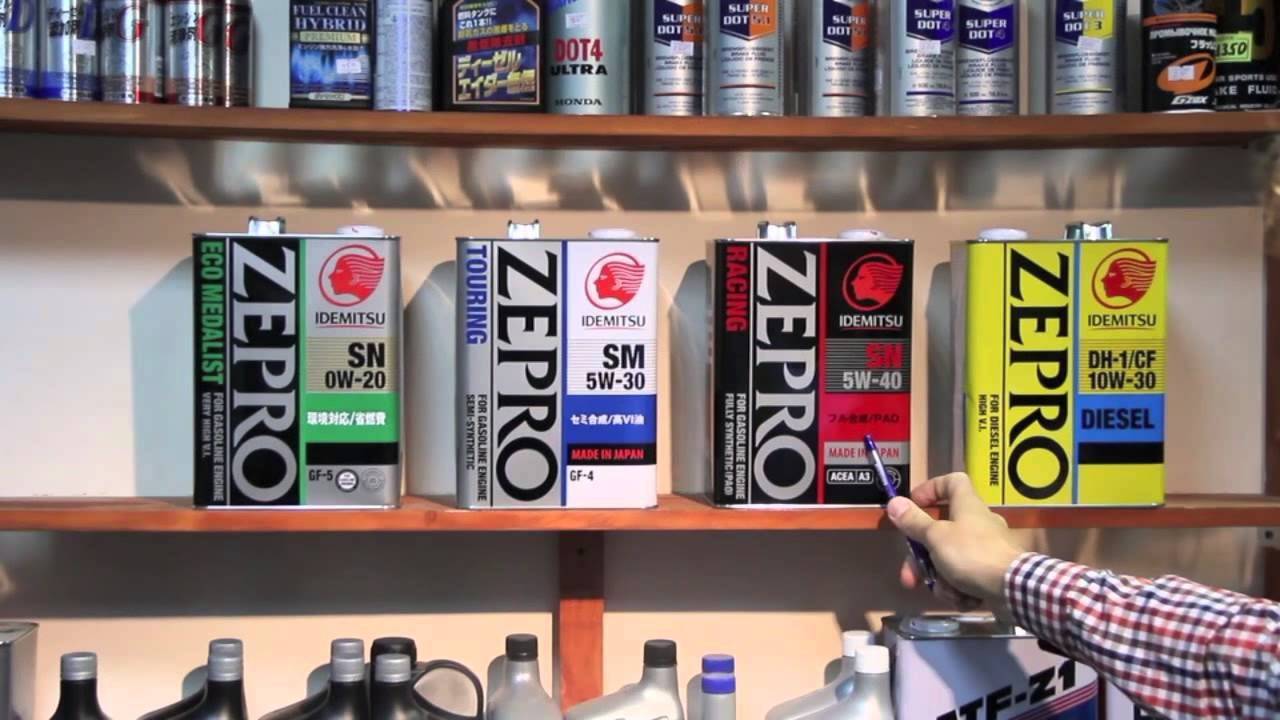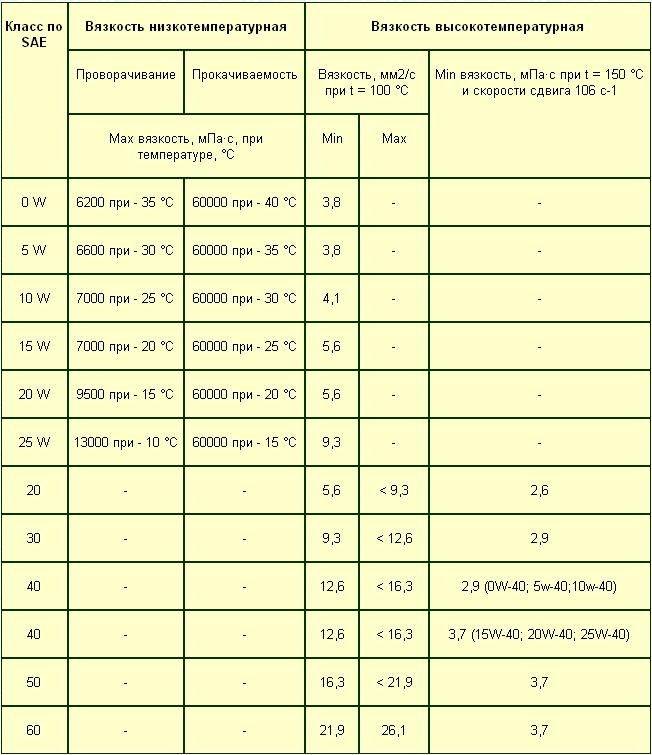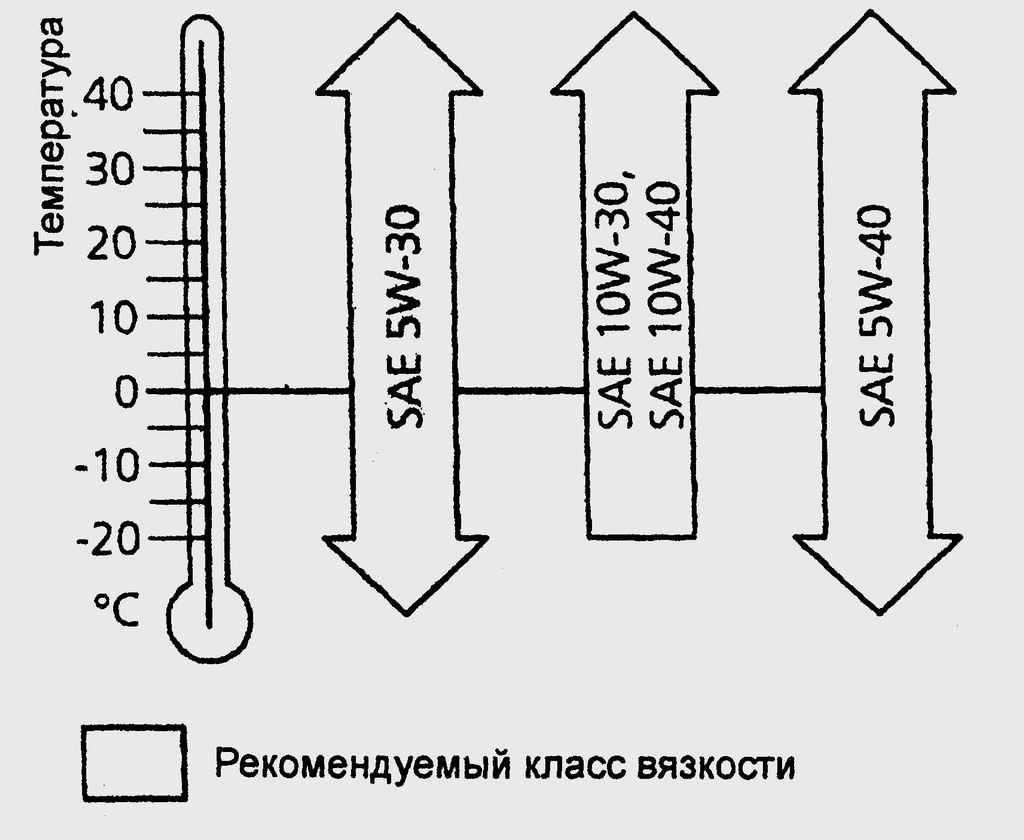Decoding Marking Motor Oil
People began to think about the need to lubricate mechanisms from the moment the wheel appear. Science made a powerful, bold step forward, touched on all areas of activity. There were cars more complex, reliable. There are also more advanced types of automotive, which were now highlighted in a separate category of products needed for the efficient operation of the car. Today, engine oil is an integral attribute of a car, without which he will not be able to work long and good.
But not every oil is suitable for one or another situation. There is a wide variation of the types of transmission oils that differ in viscosity, structural composition, purpose. One is used in conditions of strong frosts, the other, on the contrary, with a normal climatic temperature, the third allows you to protect the engine from overheating and clogging, and the fourth is just a universal type.
The choice is so great that, having come to the auto shop, you can be confused, not knowing what to stop your attention. Consider different types of automotive oils, their purpose, features, and also what decrypting engine oil, which allows the driver to make the right choice.
Classification of motor oils
So, we have tens of all kinds of packages, bright and simple, expensive and more affordable. Each of them is the marking of the engine oil, but how to read it? We need decoding markings. Let's start in order. The synthetic type of transmission oils is indicated by "FULLY SYNTHETIC". This oil created on a synthetic basis, which is obtained as a result of a complex chemical process, by synthesizing a number of chemical elements.
 The advantage of this type is the ability to set several destination parameters when creating an oil and add multiple additives. Additives are additional elements included in the oil that makes it more efficient, functional. As a rule, synthetics guarantees the perfect engine protection, has detergents, which is especially important for a car with good mileage, because with time the engine is accumulated in the engine, dust, which lead to the output of the motor from the working system.
The advantage of this type is the ability to set several destination parameters when creating an oil and add multiple additives. Additives are additional elements included in the oil that makes it more efficient, functional. As a rule, synthetics guarantees the perfect engine protection, has detergents, which is especially important for a car with good mileage, because with time the engine is accumulated in the engine, dust, which lead to the output of the motor from the working system.
In addition, due to the viscosity, synthetic oils are used in frosty weather conditions when ordinary - thickens, this type remains effective. The only minus synthetics is the high cost. Mineral type has the designation "Mineral". It is obtained by severe multi-stage oil refining, which is built on a mineral basis, which is why he received its name. Viscosity is very inferior to the synthetics and cannot guarantee the same working properties.
This oil, of course, also protects the engine, has detergents, increases the service life of the motor, but with severe frosts it becomes ineffective, since he is very thick. In addition, it should be changed more often than the synthetics, because the oil is quickly oxidized, and in the case of boiling, it leaves the slag sediment in the engine, which is completely bad. The pros and cons are evident, but also for the price this type is much cheaper, and therefore is greater popularity.
Semi-synthetic oils go under the designation "Semi-Synthetic". The viscosity and operational properties occupy the position of the golden middle between the two aforementioned. Such oil is acceptable for the price and not bad in quality. As a rule, semi-synthetic is made on a mineral base, but, unlike a clean version, all sorts of additives are added here, which displays the oil to the stage above efficiency. This is only the first category, by type of base. The oil is classified in the application area:
- for old and new gasoline units;
- for old and new diesel engines;
- for turbodiesel.
Finally, there is a separation by type of viscosity and temperature properties. There are two classification systems, SAE and APIs, but more popular is the first option.
Classification and characteristics of SAE

SAE (Society of Automotive Engineers) - Society of auto-engineers - determines the oil for viscosity and its own appointment. The classification is made by two digits with their letter W, for example, 75W90, 10W-40, etc. The letter W gives us to understand that the oil can be poured in the winter time (from the English Winter - Winter), there is a standing digit about low-temperature Viscosity, that is, what frosts withstand oil, the subsequent digit is an indicator of high-temperature viscosity, at what temperatures oil efficiently. But here you need to know what they mean certain numbers. Consider on the example:
- 0W is the most stable frozen oil type, it withstands even critical thermometer marks in -35 ° C;
- 5w - also a good type of oil, but slightly weaker, it remains effective at a temperature not lower than -30 ° C;
- 10w - the efficiency scale is lowered to -25 ° C, if the frost is stronger, oil thickens;
- 15w - it is equal to -20 ° C;
- 20W - effective up to -15 ° C.

These are low-temperature indicators, now we will study high-temperature. The scale here is the opposite: if in the first case the higher the figure, the lower its indicator, then here, the higher the figure, the higher the performance indicator:
- 30 - oil suitable up to 25 ° C;
- 40 - with heat to 40 ° C;
- 50 - with heat to 45-50 ° C.
For example, we have the labeling of oil 5W-30, this means that the oil can be used at temperatures from -30 to + 25 ° C. 75W90 - It is better not to use in frosts, but in the conditions of extreme heat this type of oil will be the best option.
But it should be emphasized that only the oil of the winter category is designated. The summer oil goes without the letter W, and then the labeling will look much easier, for example, SAE 30.














